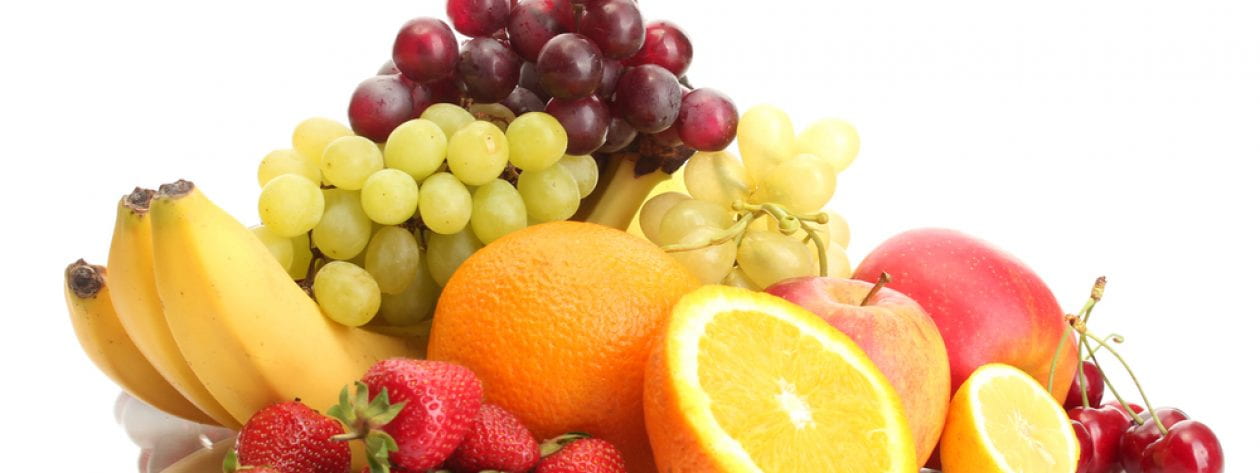Squash are one of the many foods that are native to North America. They have been cultivated in the ‘New World’ by Native Americans since before European settlers arrived. Squash are very versatile and come in many varieties. There are two main categories of squash: summer and winter. Despite their names, most of these varieties are available year- round. Summer squash have thin skin and are very moist, while winter squash have a dense, thick rind and are much less moist than summer squash.
Squash packs a PUNCH of flavor in your dishes and contribute many key nutrients. Summer squash can be grated, stuffed, baked, or grilled. When grated, it is a great addition to pancakes, breads or muffins and can be eaten as a sweet or savory dish. If you stuff them, summer squash turn into neat little transporters for meats, cheese, beans or anything you please! Summer squash can also be baked or grilled with light seasoning to create colorful and delicious side dishes. Winter squash can be used in similar ways to summer squash along with being a yummy addition to soups. Most winter squash varieties can be pureed to create a thick, creamy soup without the need for extra cream. One very unique winter variety, spaghetti squash, can be used as a substitute for noodles in many recipes. When you remove the flesh it creates long strands that can mimic spaghetti in your favorite pasta dish. The seeds in winter squash can be eaten too! Roast the seeds and toss them in salads or granola. They also make a great snack on their own.
squash turn into neat little transporters for meats, cheese, beans or anything you please! Summer squash can also be baked or grilled with light seasoning to create colorful and delicious side dishes. Winter squash can be used in similar ways to summer squash along with being a yummy addition to soups. Most winter squash varieties can be pureed to create a thick, creamy soup without the need for extra cream. One very unique winter variety, spaghetti squash, can be used as a substitute for noodles in many recipes. When you remove the flesh it creates long strands that can mimic spaghetti in your favorite pasta dish. The seeds in winter squash can be eaten too! Roast the seeds and toss them in salads or granola. They also make a great snack on their own.
Now that you know what you can do with squash, you are probably wondering why you should try this new food. If being delicious and versatile is not enough, squash have a lot to offer nutritionally as well. Both summer and winter squash are low in calories, good sources of vitamins C and A, fiber, and multiple essential minerals. Squash is also a good source of protein, a 1 oz. serving has about 5g. Winter squash tend to be more nutrient- dense than summer squash and are also good sources B vitamins, like folate and B6. These nutrients are specifically important for maintaining healthy digestion, immune system, proper nerve function, and strong bones. The fiber and beta-carotene (an antioxidant) found in many squash varieties have been found to protect against some cancers. All of these benefits make squash a perfect part of a nutritious diet.
Where can you get squash?
Squash can easily be found in the produce section of your local grocery store and in many of the dishes served at your local Penn State campus. You can find winter squash in recipes like the Roasted Butternut Squash, Black Bean & Butternut Squash Stew or the Quinoa with Butternut Squash, Spinach & Walnuts. Summer squash is also available in recipes like the Zucchini & Squash with Sun Dried Tomatoes and Grilled Vegetable Burrito.
With all these options there’s no way squash won’t find its way onto your next plate! 
Resources:
Landford, Julie. “The Health Benefits of Winter Squash – Cancer Dietitian.” Cancer Dietitian. N.p., 24 Oct. 2011. Web. 02 July 2015. <http://www.cancerdietitian.com/2011/10/the-health-benefits-of-winter-squash.html>.
“Squash Glossary.” Squash Cooking. N.p., n.d. Web. 02 July 2015. <http://www.thenibble.com/reviews/main/vegetables/squash-glossary2.asp>.
“Summer Squash: Stuff It, Bake It, Grill It.” Www.eatright.org. N.p., 12 June 2014. Web. 02 July 2015. <http://www.eatright.org/resource/food/planning-and-prep/cooking-tips-and-trends/summer-squash-stuff-it-bake-it-grill-it>.
Photos adapted from Tim Sackton
Photo from Vegan Feast Catering
Photo from Yuki Leemino

